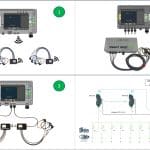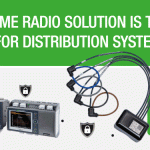Basically, the aim for a grid operator is to provide every grid user with a voltage quality in accordance with EN50160, etc. at the transfer point. This is to ensure that all connected consumers can operate without disruption with a high degree of probability. The quality of the grid voltage provided is typically impaired by the connected customer systems, whose grid feedback must therefore be limited according to their connected load so that all the limit values of EN50160, etc. are complied with overall.
Interference-free thanks to optimum voltage quality
Preamble:
Camille Bauer offers a comprehensive assessment of the compatibility between the electricity fed into a grid and the consumers connected to this grid based on the following options:
- NEW: Automated evaluation of harmonic emissions (e.g. in accordance with DACHZ Ed. 3, IEEE519, DTR, IEE1547, GB/T…)
- Automated fault recording in accordance with IEC61000-4-30 Ed. 3, Class A
- Automated conformity assessment of power quality (e.g. in accordance with EN50160, GB/T, IEEE519, …)
- Automated energy flow analysis with recording of load profiles, short-term load peaks and meter values
1. Automated evaluation of harmonic emissions
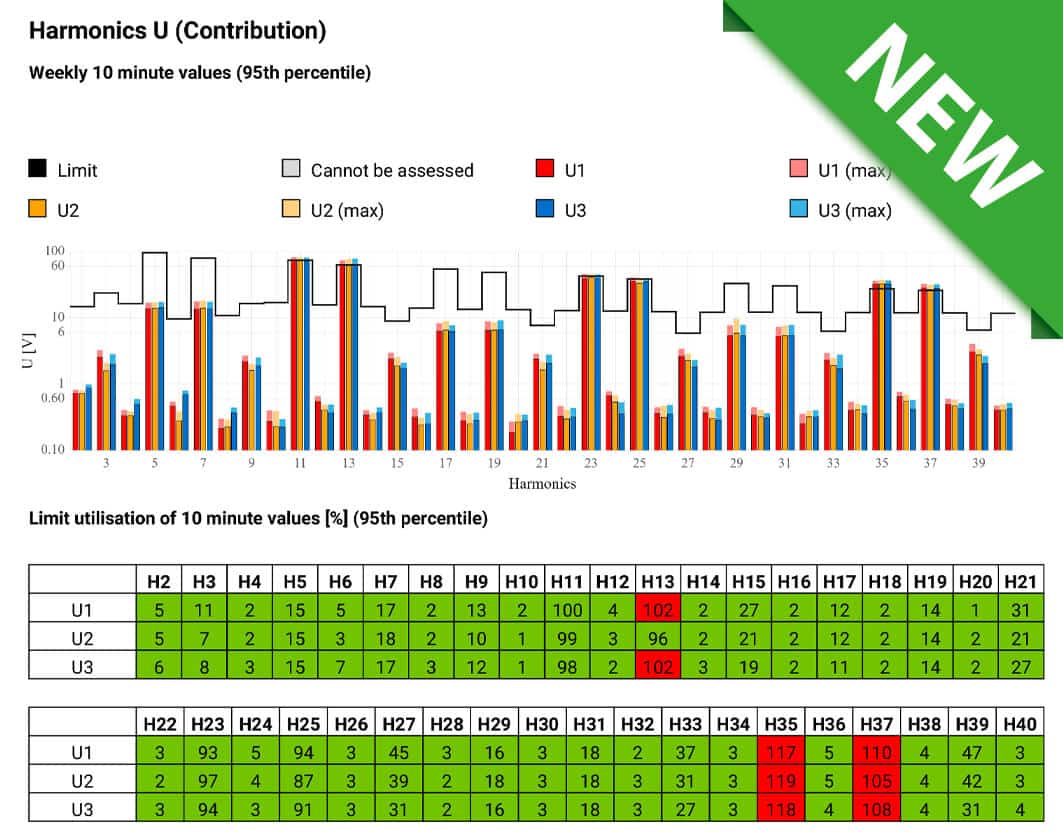
Features
- Metrological verification of compliance with harmonic limits in report form
- Identification of customer systems with impermissibly high grid perturbations
- Recognition of existing interactions between the grid and customer systems (e.g. compensation effects)
Benefits
- Avoidance of investments in unnecessary mitigation measures
- Consideration of faults in the neutral conductor for customer systems remote from the transformer
- More reliable operation of existing and future grids with more efficient use of the grid infrastructure
- Increased security of supply
- No in-depth knowledge required to evaluate the harmonic contribution
- Unknown system parameters can be replaced by standard values
Background: If the entire grid is fully developed with systems, then the compatibility level must be maintained everywhere in the grid with a high probability. This distribution is based on voltages! Each system may therefore only emit a fraction of the compatibility level.
The innovation: Distribution system operators assess grid perturbations in accordance with technical regulations, e.g. DACHCZ, before new customer systems are connected or installation changes are made. Until now, there was no way to check the grid repercussions of customer systems during operation using measurement technology in accordance with the criteria of DACHCZ Ed. 3. As part of a project called “iREF-Grid” [1], this innovative solution was developed together with Camille Bauer, the Swiss Federal Office of Energy and the Technical University of Dresden. In this context, other standards such as IEEE519, DTR, IEE1547, GB/T, etc. can now also be evaluated.
You can find more detailed information here:
[1] Source: ARAMIS: iREF-Grid – Improving the reliability and efficiency of the electrical energy supply by continuously monitoring the grid perturbations of customer installations; https://www.aramis.admin.ch/Grunddaten/?ProjectID=43612
Structure of the measurement campaign
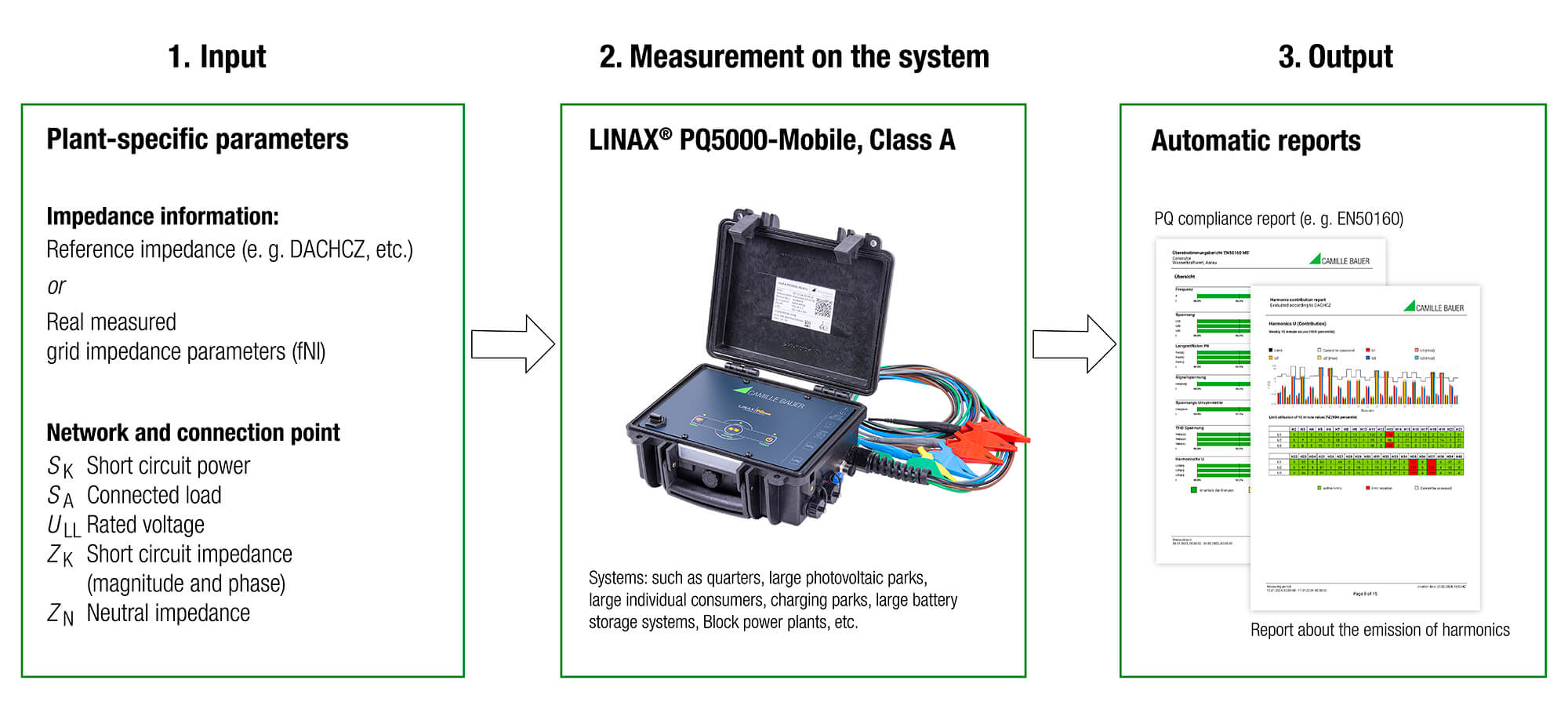
2. Automated fault recording according to IEC61000-4-30 Ed. 3, Class A
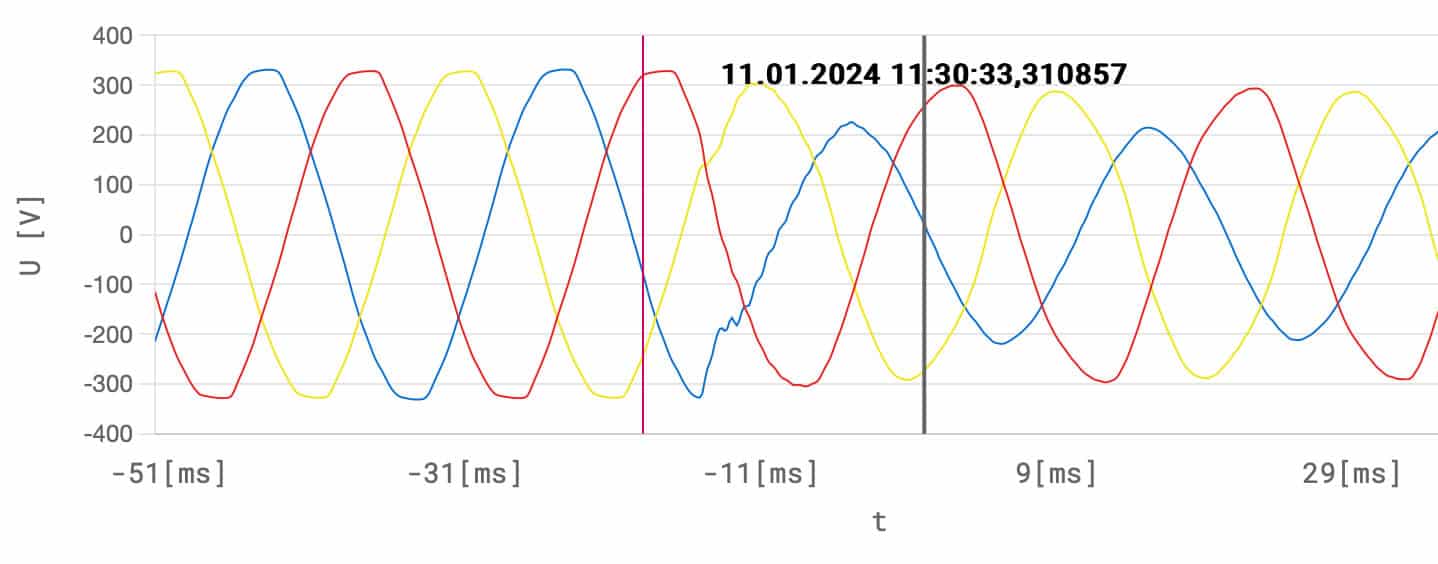
Features
All voltages are monitored for faults such as dips, interruptions or surges in the supply. These faults are registered as events. There is no statistical evaluation as the number of permissible events is not limited.
Benefits
By evaluating a fault recording, the cause of the fault can be determined and, in the best case, a correlation with detected events (such as failure of control systems or operating equipment) can be established. Suitable remedial measures can be derived from this and their effectiveness checked.
3. Automated conformity assessment of the voltage quality
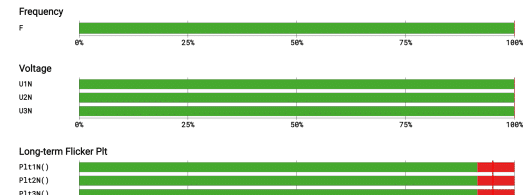
Features
All relevant parameters of the supply voltage are monitored, statistically averaged and compared with default values. In this way, either conformity can be verified or attention can be drawn to possible problems.
The currents are also monitored for level, harmonic content and unbalance. However, as there are no limit values, these results are not part of the static evaluation.
Benefits
Verification of compliance with standards (e.g. EN 50160, IEEE519, GB/T, grid-specific) or contracts between energy suppliers and energy consumers.
By observing changes in the results, a deterioration in the grid quality can be identified at an early stage and reasons sought. The effectiveness of the measures introduced can be checked immediately..
4. Automated energy flow analysis with recording of load profiles
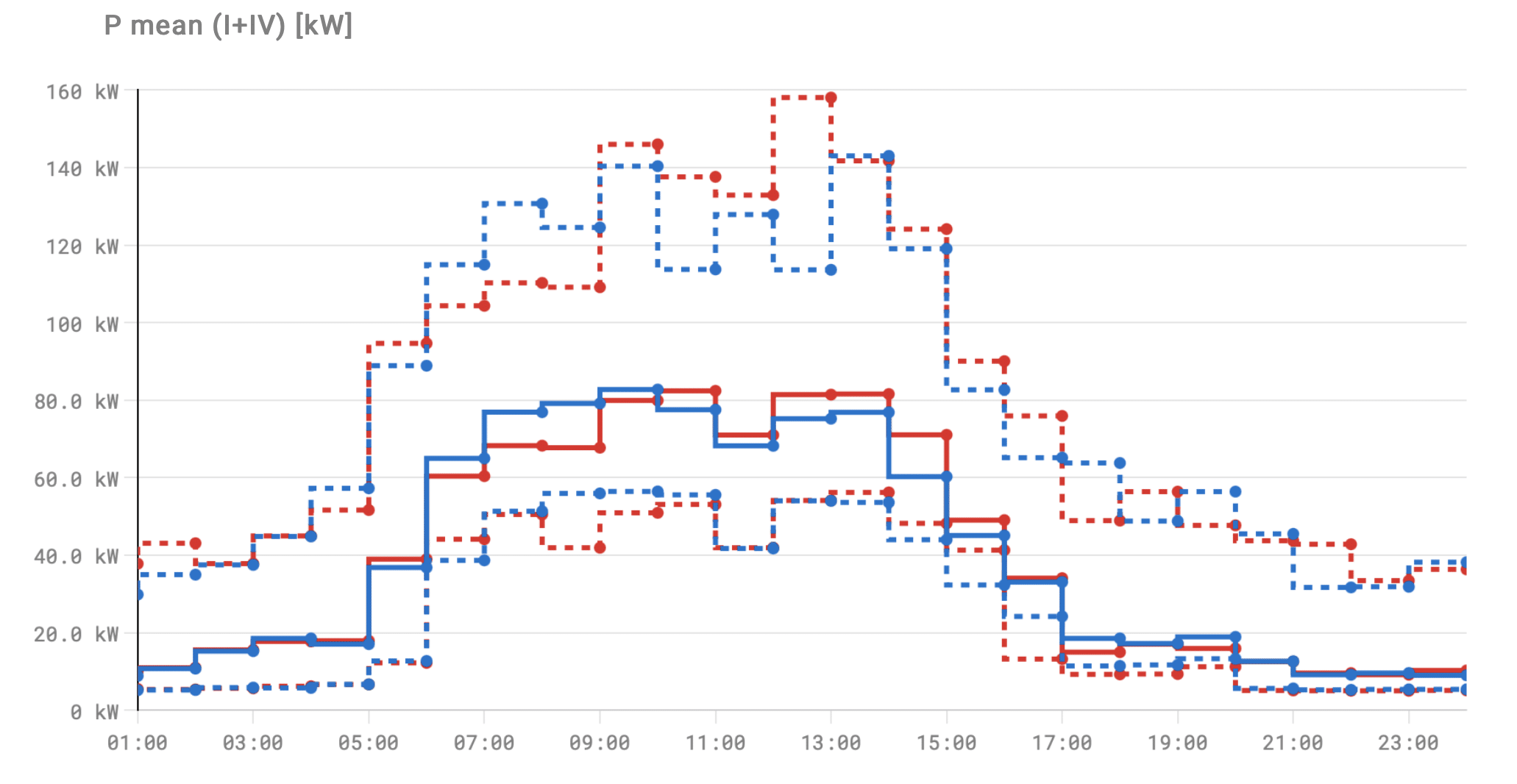
Features
- Collection of load flow data for supply and demand
- Power parameters for P, Q, S
- Display via bar graph or trend line
- Additional display of minimum and maximum values
- Output via csv export possible
Benefits
Monitoring allows energy flows to be monitored, peaks to be localized in terms of time and free resources to be determined. This helps to optimize the grid, protect it from overload or underload and ultimately earn money.
Summary
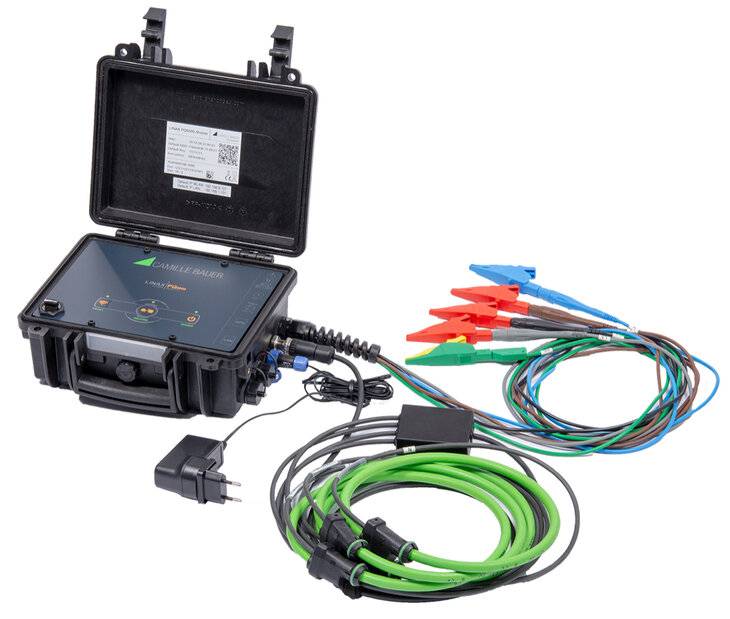
The now comprehensive power quality monitoring makes it possible to dynamically check the framework conditions for trouble-free grid operation and its equipment. The LINAX® PQ5000-MOBILE helps with this by:
- New: The current harmonics of each individual system connected to the transfer point can be measured and, taking into account the grid impedance, the proportional reaction to the grid voltage can be determined (checking the specifications of the grid operators, e.g. in accordance with DACHCZ Ed. 3, IEEE519, DTR, IEEE1547, GB/T );
- the resulting voltage quality can be measured at the transfer point (e.g. verification of compliance with EN50160, IEE519, GB/T, etc.);
- voltage and current events are recorded which may affect the operation of the loads, but the number of which is not limited in EN50160;
- create load profiles in order to achieve optimum energy balancing.


